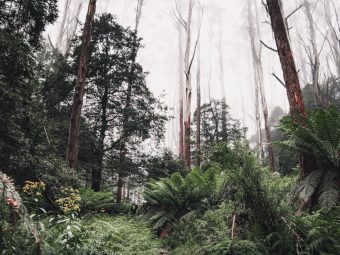Enjoying snowy activities can be incredibly fun, but it's important to prioritize safety to ensure a positive and injury-free experience. Here are some essential safety tips for when you're out in the snow:
1. Dress Appropriately:
- Layer your clothing to stay warm and regulate your body temperature.
- Wear waterproof and insulated outerwear to stay dry.
- Don't forget gloves, a hat, and a scarf to protect exposed skin.
2. Stay Hydrated:
- Even though you might not feel as thirsty in the cold, your body still needs hydration.
- Drink water regularly to prevent dehydration.
3. Use Sun Protection:
- Snow can reflect sunlight and increase your risk of sunburn.
- Apply sunscreen to all exposed skin, including your face, and wear sunglasses to protect your eyes.
4. Know the Weather Forecast:
- Check the weather forecast before heading out to ensure you're prepared for changing conditions.
- Avoid going out in severe weather like blizzards or heavy snowstorms.
View detailed snow forecast for Mount Donna Buang at:
snow-forecast.com
5. Stay Informed:
- Familiarize yourself with the area's rules and regulations for snow activities.
- Be aware of any avalanche warnings if you're in a mountainous region.
6. Choose Safe Terrain:
- If you're skiing, snowboarding, or snowshoeing, stick to trails and slopes that match your skill level.
- Avoid steep or dangerous areas, especially if you're not an experienced snow sports enthusiast.
7. Use Proper Equipment:
- Make sure your equipment, such as skis, snowboards, sleds, or snowshoes, is in good condition and appropriate for your activity.
- Always wear a helmet when engaging in activities like skiing or snowboarding.
8. Practice Safe Sledding and Tobogganing:
- Choose gentle slopes with no obstacles or hazards.
- Sit on the sled or toboggan feet first and hold on tightly to handles.
- Avoid overcrowding on a sled to prevent accidents.
9. Stay with a Group:
- Whenever possible, engage in snow activities with a group or at least inform someone about your plans.
- This ensures there's someone aware of your location and can help in case of emergencies.
10. Carry Essentials:
- Bring a fully charged cell phone, a map or GPS device, and a basic first aid kit.
- Pack snacks, water, and extra clothing in case of unexpected delays.
11. Be Avalanche Aware:
- If you're in an area prone to avalanches, take avalanche safety courses and carry proper equipment like avalanche transceivers, probes, and shovels.
12. Listen to Your Body:
- Cold temperatures can stress your body, so watch for signs of frostbite or hypothermia.
- If you or someone in your group is experiencing symptoms like confusion, numbness, or shivering, take action to warm up immediately.
By following these safety tips, you can enjoy the beauty and excitement of the snowy outdoors while minimising risks and ensuring a safe and enjoyable experience for yourself and those around you.



